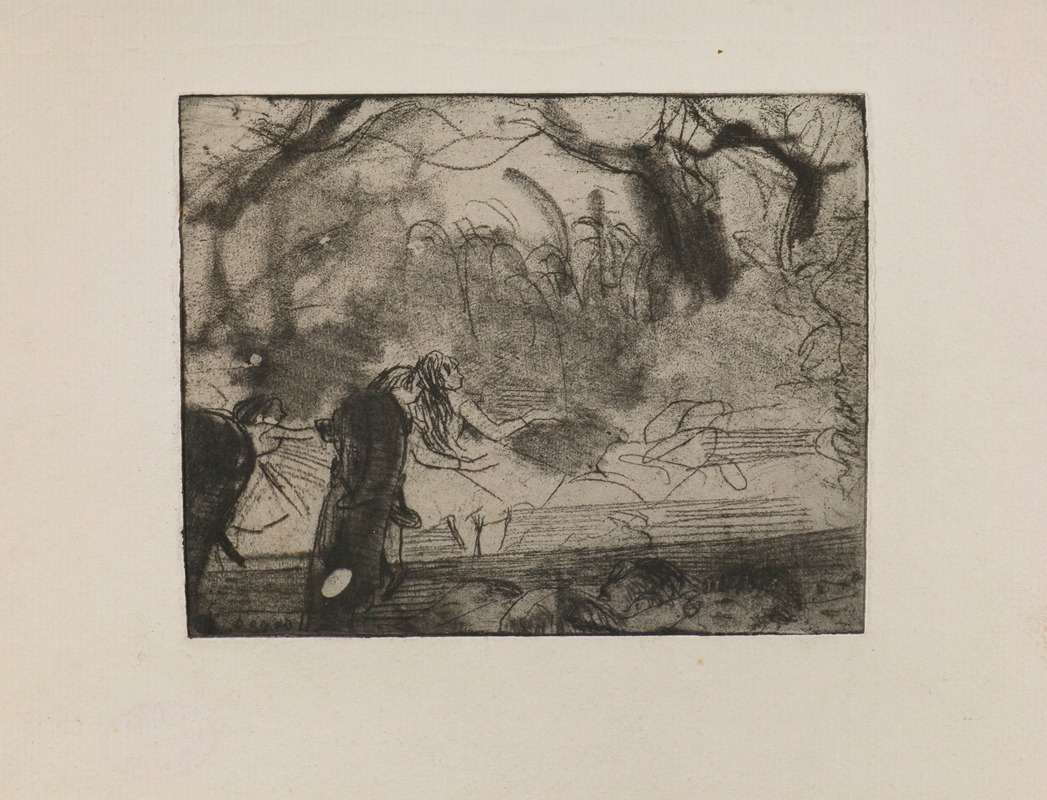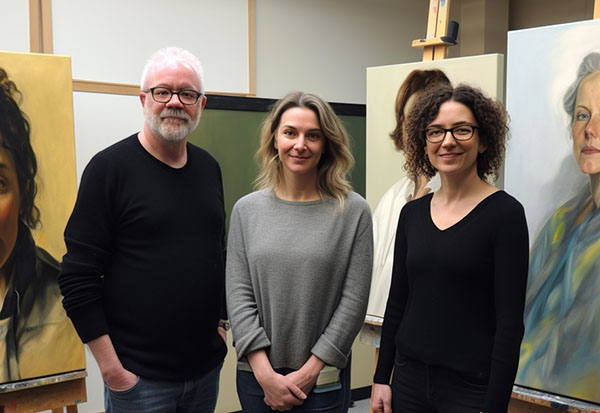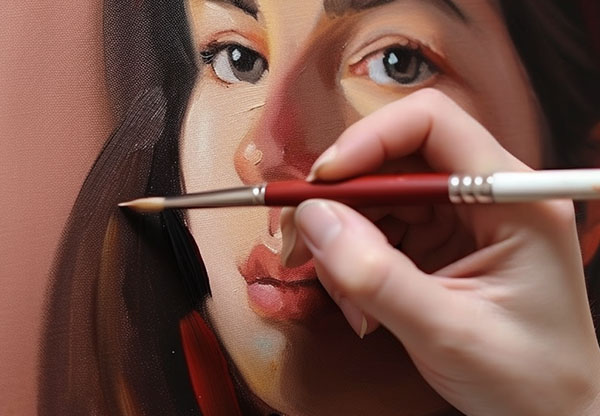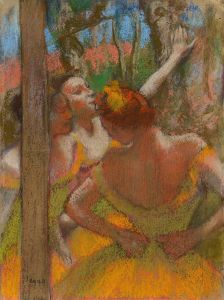
On Stage III
A hand-painted replica of Edgar Degas’s masterpiece On Stage III, meticulously crafted by professional artists to capture the true essence of the original. Each piece is created with museum-quality canvas and rare mineral pigments, carefully painted by experienced artists with delicate brushstrokes and rich, layered colors to perfectly recreate the texture of the original artwork. Unlike machine-printed reproductions, this hand-painted version brings the painting to life, infused with the artist’s emotions and skill in every stroke. Whether for personal collection or home decoration, it instantly elevates the artistic atmosphere of any space.
"On Stage III" is a painting by the renowned French artist Edgar Degas, who is widely celebrated for his works capturing the world of ballet, opera, and theater. Degas, born on July 19, 1834, in Paris, France, was a prominent figure in the Impressionist movement, although he preferred to be called a realist. His works are known for their innovative composition, perspective, and use of light.
"On Stage III" is part of Degas's extensive series of paintings, pastels, and sketches that depict ballet dancers. These works provide a glimpse into the behind-the-scenes world of the Paris Opera Ballet, showcasing dancers in various stages of rehearsal and performance. Degas's fascination with the ballet began in the 1870s and continued throughout his career, resulting in some of his most iconic and beloved pieces.
The painting "On Stage III" captures a moment during a ballet performance. Degas's keen eye for detail and his ability to convey movement and emotion are evident in this work. The composition typically features dancers on stage, possibly in the midst of a performance or rehearsal. Degas often employed unusual viewpoints and cropping, influenced by the burgeoning field of photography and Japanese prints, which were popular in Europe at the time.
Degas's technique in "On Stage III" likely includes his characteristic use of pastels, a medium he favored for its ability to create vibrant colors and delicate textures. His mastery of pastels allowed him to depict the intricate details of the dancers' costumes, the play of light on their bodies, and the dynamic energy of their movements. The painting reflects Degas's deep understanding of the human form and his ability to capture the grace and poise of ballet dancers.
The setting of "On Stage III" is the Paris Opera, a frequent subject in Degas's work. The Paris Opera was not only a cultural hub but also a place where Degas could observe and sketch dancers in their natural environment. His access to the backstage areas and rehearsal rooms provided him with a wealth of material to draw from, resulting in a body of work that offers an intimate look at the world of ballet.
Degas's portrayal of dancers in "On Stage III" goes beyond mere representation; it delves into the physical and emotional demands of ballet. His works often reveal the exhaustion, discipline, and dedication required of dancers, contrasting the glamorous perception of ballet with the reality of hard work and perseverance.
"On Stage III" is a testament to Degas's skill as an artist and his deep appreciation for the art of dance. His ability to capture fleeting moments and the essence of movement has left a lasting impact on the art world. Today, Degas's works, including "On Stage III," are celebrated for their beauty, technical prowess, and insightful portrayal of the human experience.
The painting is part of the collection of the Musée d'Orsay in Paris, which houses many of Degas's masterpieces. The museum's extensive collection of Impressionist and Post-Impressionist works provides a fitting home for "On Stage III," allowing visitors to appreciate Degas's contributions to the art world and his unique perspective on the world of ballet.


















